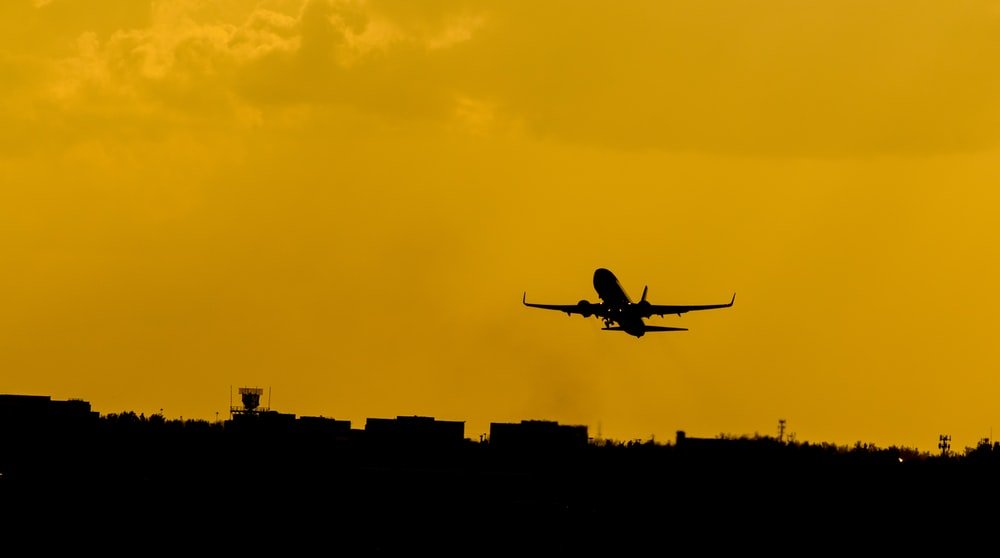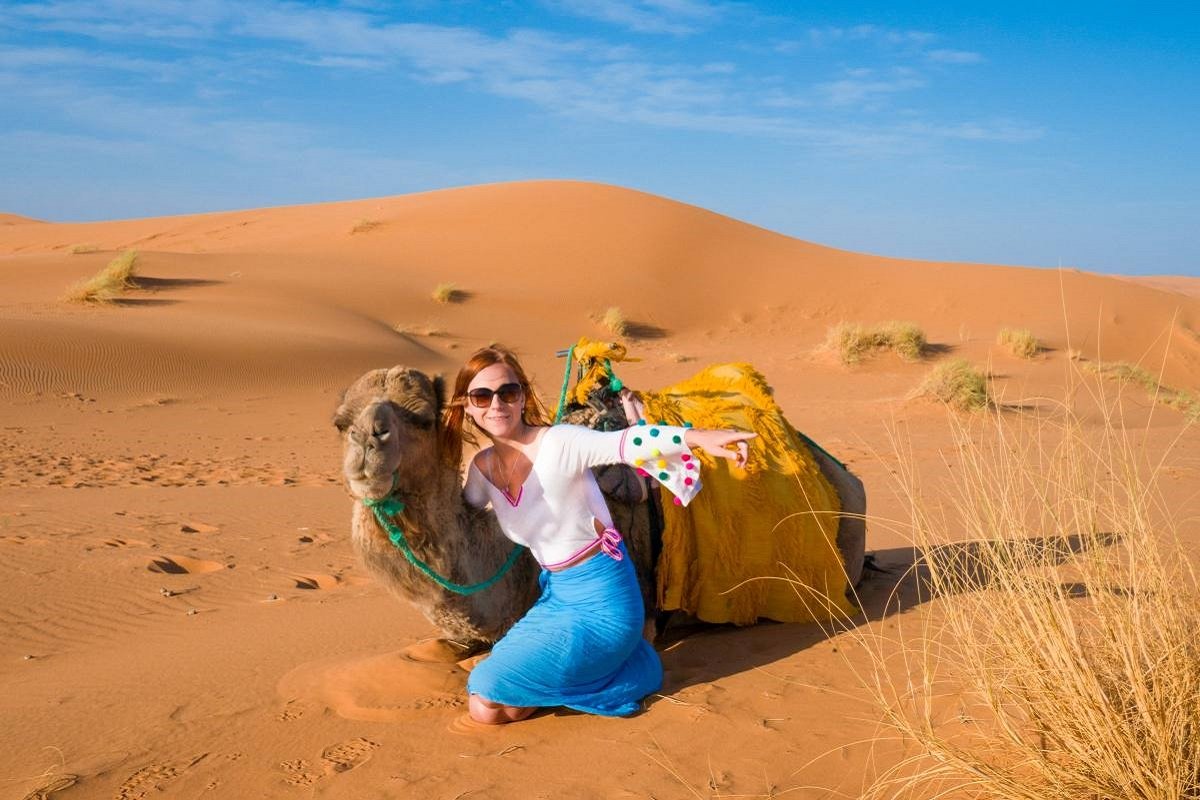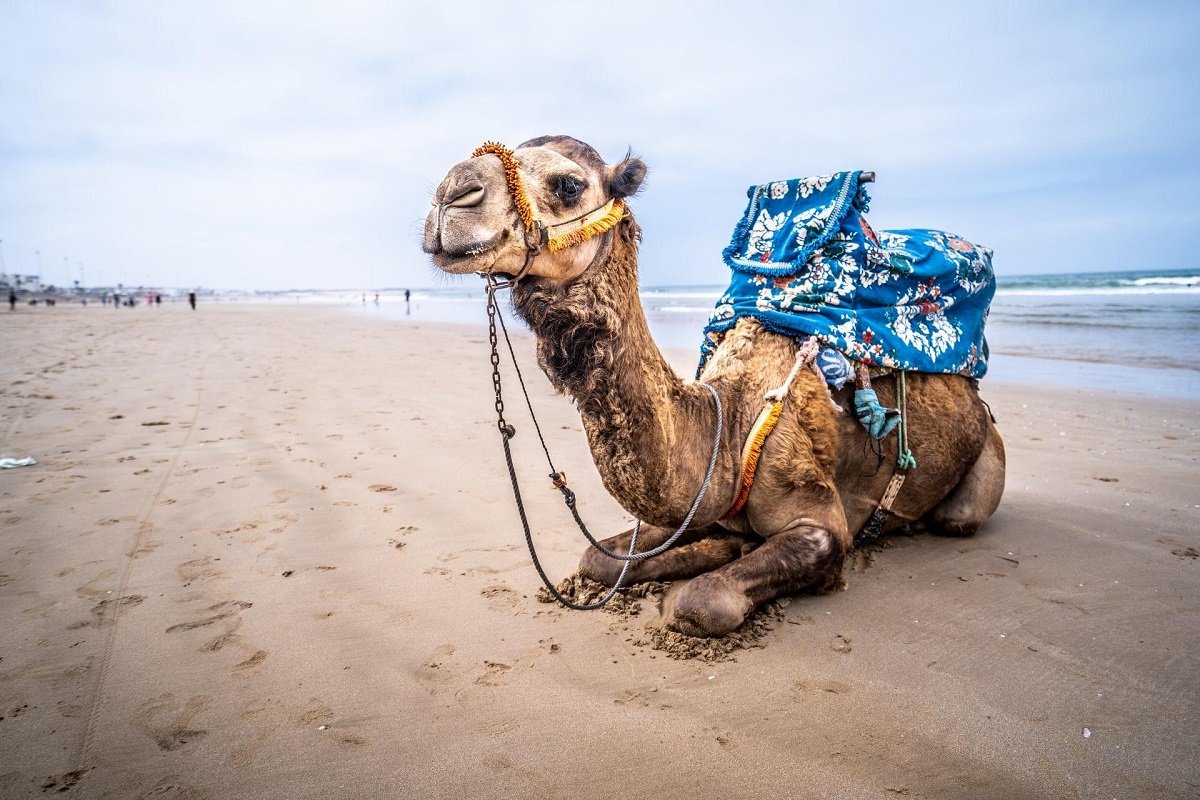Especially famous for its beaches and shrimps, Mozambique also offers its visitors World Heritage sites, colonial architecture and a colorful local culture. Bustling markets sell exquisite carvings and baskets with wood and ivory sculptures of Makonde, considered one of Africa’s most sophisticated art forms.
Mozambique has also produced talented painters such as Malangatana, and the country’s murals adorn many walls, particularly in Maputo. Traditional music is in the form of Marrabenta music, as well as Marimba and gourd orchestras. In keeping with the African rhythm, the ritualistic Nhau and mapico initiation dances can be a frightening sight. Popular activities for travelers include diving, snorkeling, bird watching, and fishing for marlin, sailfish, or kingfish.
Maputo
Despite being subtropical, drought and low precipitation are common. The rainy season is October-April and the dry season is April-September.
CURRENCY UNIT:
1 Mozambican Metical = 100 centavos. USD or GBP traveler’s checks are recommended. Exchange money in authorized institutions. Credit cards are not widely accepted. Lots of traders prefer USD. Import and export of local currency is prohibited.
ELECTRIC:
220 volts, 50Hz. The plugs are round with 2 and 3 pins.
HEALTH:
Yellow fever vaccination is requested from travelers older than 1 year from infected areas. Visitors are advised to take pre-arrival precautions against malaria (the risk exists throughout the country), hepatitis A, polio, typhoid fever and meningitis, depending on the region visited and the time of year. Other health problems are rudimentary medical facilities, unavailable medicines, cholera (maintain strict food and water hygiene) and flu (risk persists throughout the year).
SLICE:
The official language is Portuguese, but Makua and Tsonga are also spoken. English is not widely spoken, but can be understood.
PUBLIC HOLIDAY:
New Year’s Day (1 January); Heroes’ Day (3 February); Women’s Day (April 7); Labor Day (May 1); Independence Day (25 June); Victory Day (7 September); Armed Forces Day (25 September); Defunct’s Day (November 2); Christmas Day (25 December); Boxing Day (26 December)
SHOPPING:
basket work; red mats; wood carvings; masks; printed fabric; leather goods; Brown; wine.
SOCIAL CONTRACTS:
The religion is mainly Roman Catholic, but other faiths include Muslim, Hindu and traditional beliefs. The handshake is the traditional form of greeting. Portuguese customs, eg address modes (Senhor/Senhora) apply. Dress is casual and formal attire is rarely required. While safari clothing for work is acceptable in warm weather, light clothing is recommended for the rest of the year.
TIME DIFFERENCE:
Ten percent is traditional, but not recommended in hotels. Taxi drivers wait 10 percent.
DESCRIPTION OF THE TOP TEN SHOOTS:
Map:
The capital has wide streets lined with flowering trees of red acacia and lilac jacaranda; it offers many historical, cultural and natural points such as the Cathedral; City Council Chambers; Tunduro Gardens; Railway station; Castle and Natural History Museum; beaches include Praia da Macaneta; Do Ponta Ouro and Ponta Malongane.
Xai-Xai:
224km from Maputo; the nearby beach is a popular tourist destination, with its huge reef protecting the shores from strong waves at high tides; at low tide, locals collect shellfish to sell to tourists; In the area also visit Praia do Chongoene, Bilene and Banhine National Park with its rich wildlife diversity.
Mozambique Island:
About two-thirds of the island has been declared a ‘World Heritage Site’ by UNESCO because of the buildings constructed from coral; attractions include St Paul’s Palace, the Museum of Sacred Art, and St Sebastian’s Castle; nearby beaches are Praia de Fernão Veloso and Praia das Chocas; On the mainland, in the city of Nampula, see the Cathedral and Museum.
Beira:
Beira, the country’s second city, is spread along the coast; See Largo do Municipio, Casa Portugal, Casa Infante de Sagres, Casa dos Bicos and the Cathedral; the best beaches are found between Clube Nautico and the lighthouse; Nearby ‘Six Miles’ is a land resort with an artificial lagoon with islands where you can swim or rent a pedal boat; Game viewing in the state is in the famous Gorongosa National Park and Marromeu Buffalo Preserve.
Bazaruto:
Archipelago Very popular tourist destination with high-end hotels, consisting of the islands of Bazaruto, Benguerra, Magaruque and Santa Carolina off the Mainland; In Inhambane on the mainland, check out the Cathedral of Our Lady of the Conception; Conservation areas include Zinave National Park and Bazaruto National Park.
Pink:
The city has an unspoiled natural beauty; visit the Old Town, where you can visit many traditional markets, the beaches of Praia do Wimbe and Praia do Farol; nearby Ibo Island is part of the idyllic Quirimbas archipelago.
Niassa Lake and Niassa Conservation Area:
The province of Niassa offers breathtaking landscapes and landscapes; the pristine Lake Niassa is only accessible by 4×4 and offers you a ‘true African’ experience with fishing villages where you can buy fresh fish and coconut milk; Niassa Reserve is famous for its large number of elephants.
Inhaca Island:
34 km from Maputo, in the bay, accessible by boat or plane; Ponta de Santa Maria and Portugal Island tours are possible.
Maputo Elephant Sanctuary:
79 km south of Maputo, the reserve is famous for its herds of elephants; Flamingos can also be seen in large inland lakes near the sea.
Old Man’s Face:
In the city of Chimoio, ‘Cabeça do Velho’ is a magnificent natural stone formation resembling an old man’s face.








